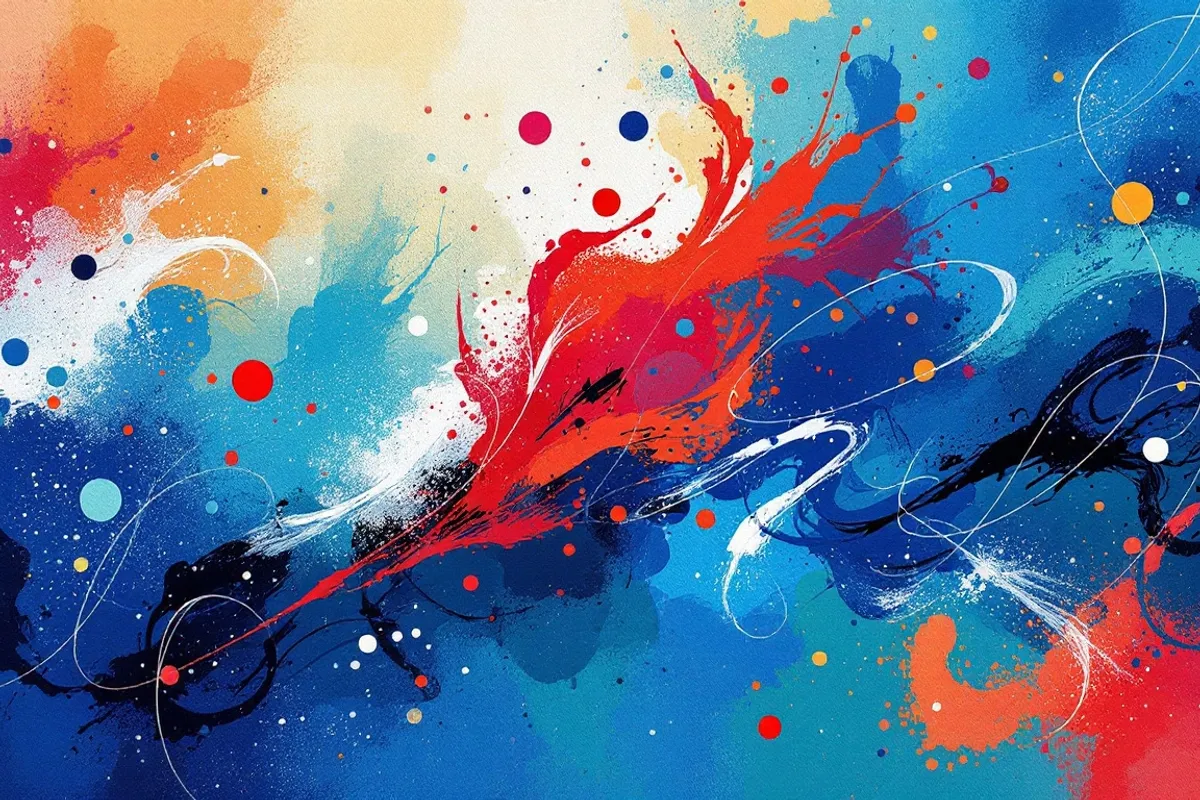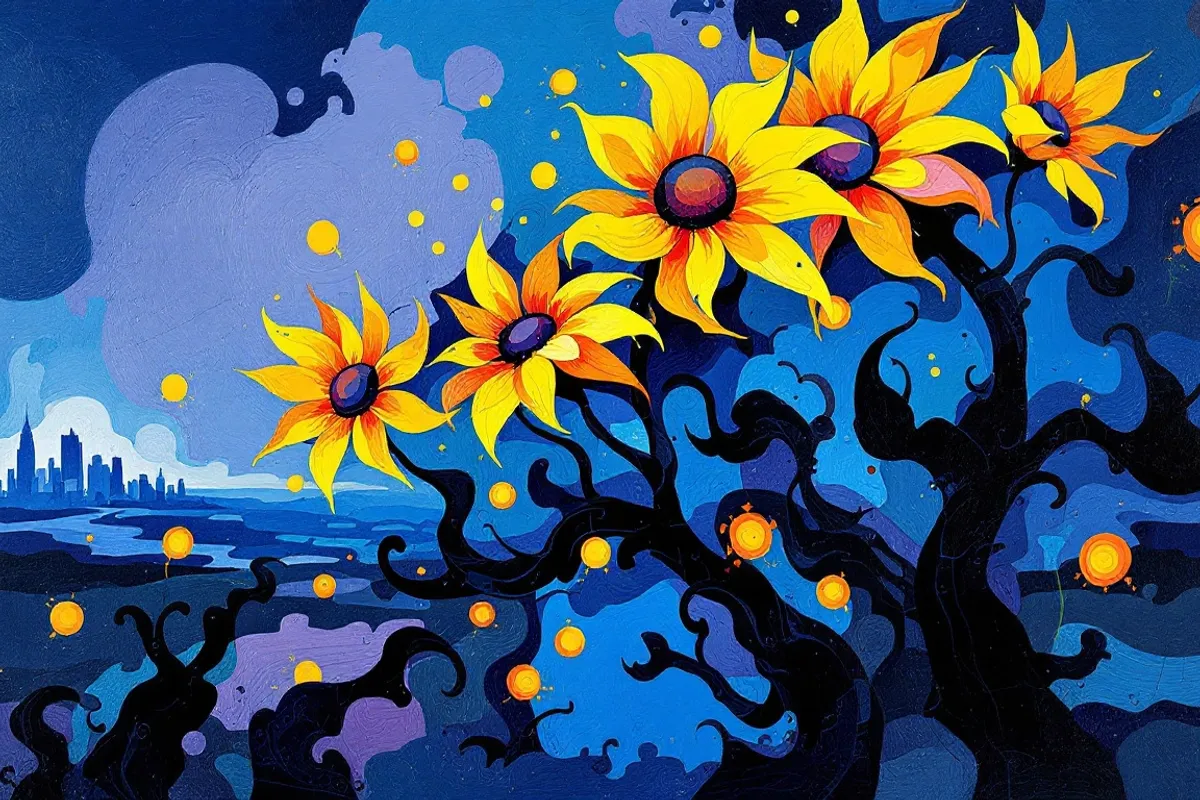The adoption statistics tell an intriguing story: 58.4% of developers use ChatGPT 3.5 weekly, while 67% of enterprise developers rely on GitHub Copilot regularly. Yet beneath these numbers lies a more complex narrative. The varied adoption rates across different tools hint at a deeper resistance – one that isn't about adoption metrics, but about who we are as developers.
The Identity Crisis
The real tension emerges when we consider what it means to be a developer in the AI age. The shift from crafting elegant algorithms to engineering prompts feels like being told to paint by numbers after years of mastering the brush. It's not just a change in tools – it's a fundamental shift in how we express our craft.
The technical concerns are real enough. AI hallucination rates hover around 22% for package recommendations, and roughly 30% of AI-generated code contains errors. But we developers work with imperfect systems all the time. We debug, we refactor, we optimize. These error rates, while concerning, aren't insurmountable. They're more like the compiler warnings we've learned to interpret rather than show-stopping errors.
Think about the satisfaction of solving a complex problem through clever code. It's like being a watchmaker, carefully assembling intricate mechanisms. Now imagine being told to simply describe the watch you want to an AI. The end result might be similar, but the journey – that's where the magic always lived.
The Achievement Paradox
The resistance runs deeper than professional identity – it touches the very core of what motivates us. For many developers, the journey of problem-solving is as rewarding as the destination. It's not just about making the code work; it's about the elegant solution, the clever optimization, the beautiful abstraction.
When AI suggests solutions, it's like having someone whisper the answer to a puzzle you're enjoying. Sure, you complete the puzzle faster, but you miss the satisfaction of that "aha" moment. The dopamine hit of solving a challenging bug becomes a hollow victory when it comes from tweaking prompts rather than understanding systems.
Recent surveys reveal the depth of this struggle. While 70% of developers don't believe AI will threaten their jobs, 72% express a favorable attitude toward AI tools – down from 77% last year. This isn't about fear of replacement; it's about preserving the essence of what makes development meaningful.
The numbers tell an even more nuanced story when we look at trust: 42% of developers trust AI output in their workflows, while 66% express distrust within organizational contexts. This isn't just about code quality – it's about the fundamental relationship between developer and craft.
Evolution, Not Extinction
The path forward isn't about choosing between human creativity and AI efficiency – it's about redefining what it means to be a developer in this new landscape. Perhaps we're not losing our identity but evolving it. After all, we're not just code writers; we're problem solvers, system thinkers, and architects of digital solutions.
The resistance we're seeing isn't luddism – it's the natural tension of evolution. The question isn't whether to embrace AI, but how to preserve the core elements of our craft while leveraging new capabilities. Maybe the art of development isn't dying; it's transforming into something new, something that combines human insight with AI capabilities in ways we're just beginning to understand.
The future belongs not to those who resist change nor to those who blindly embrace it, but to those who can bridge the gap between human creativity and AI efficiency. The question is: how will you shape this evolution?



